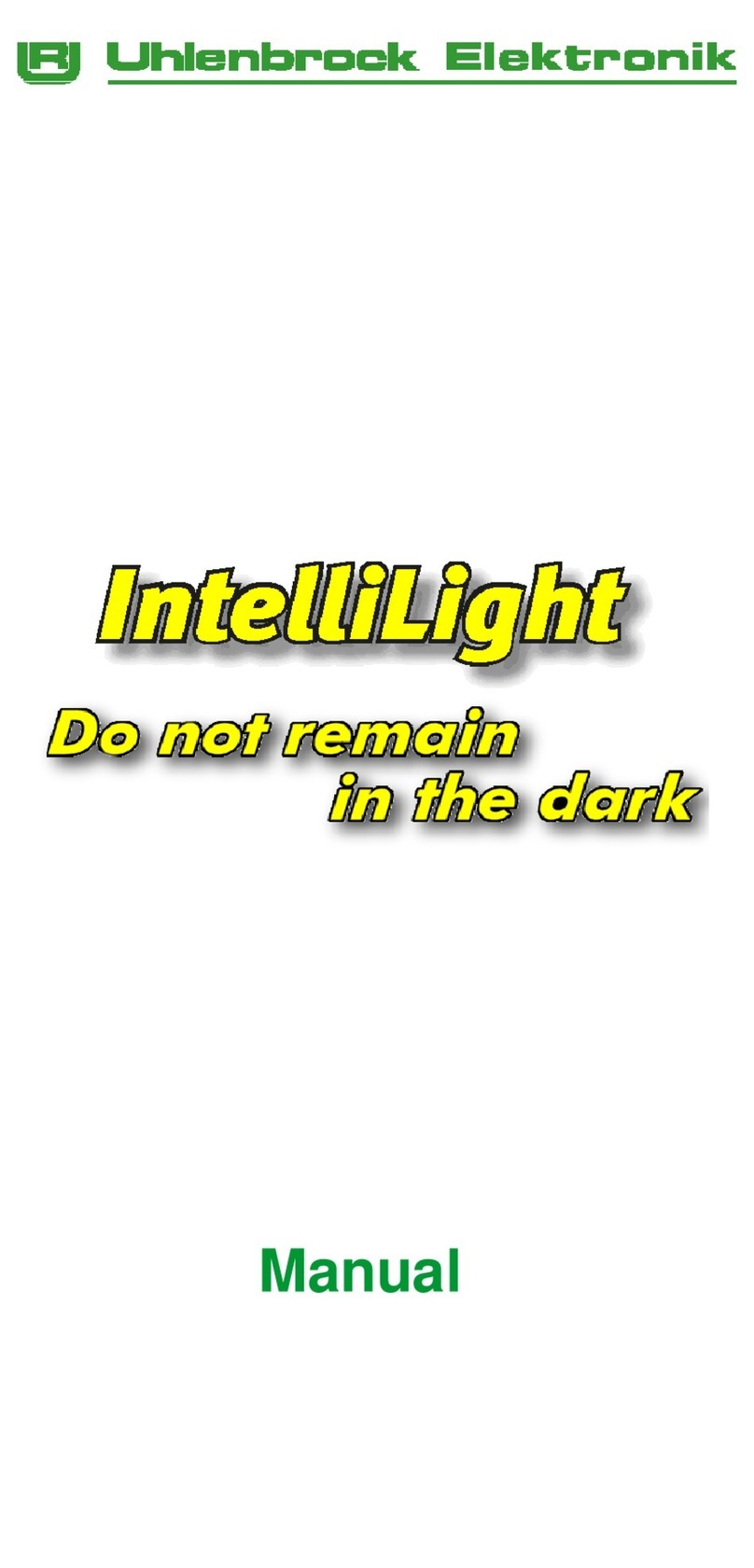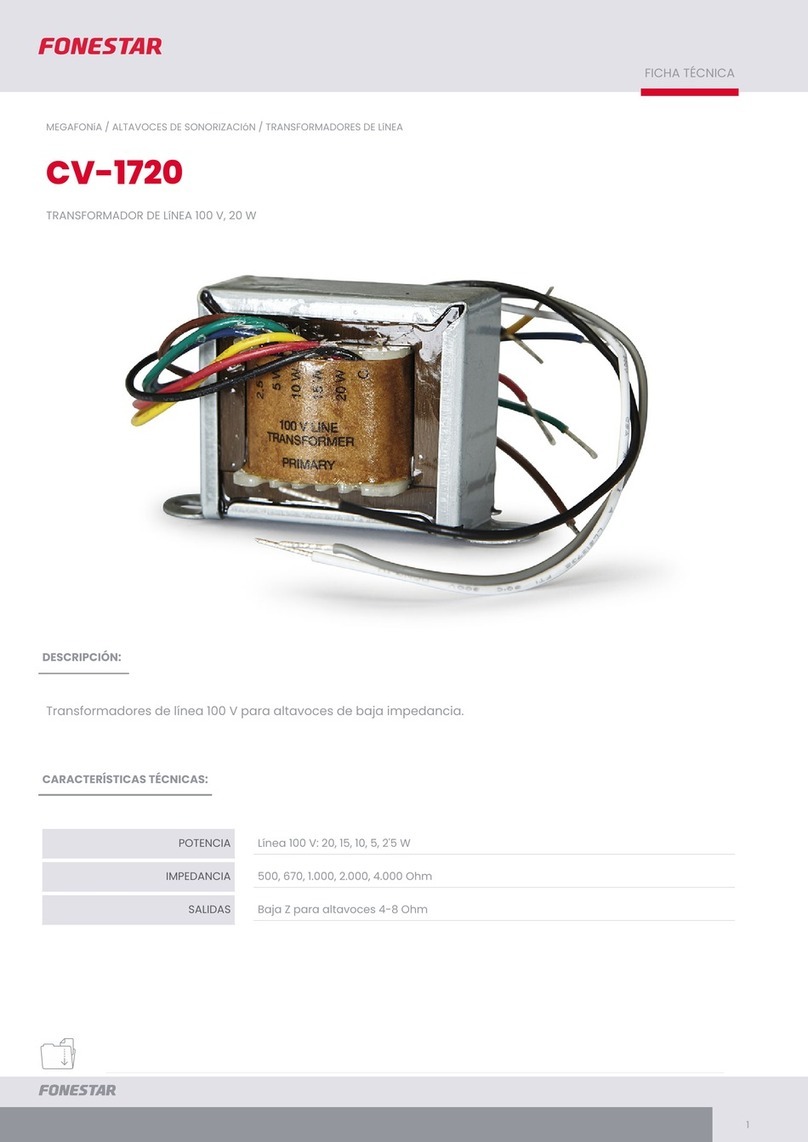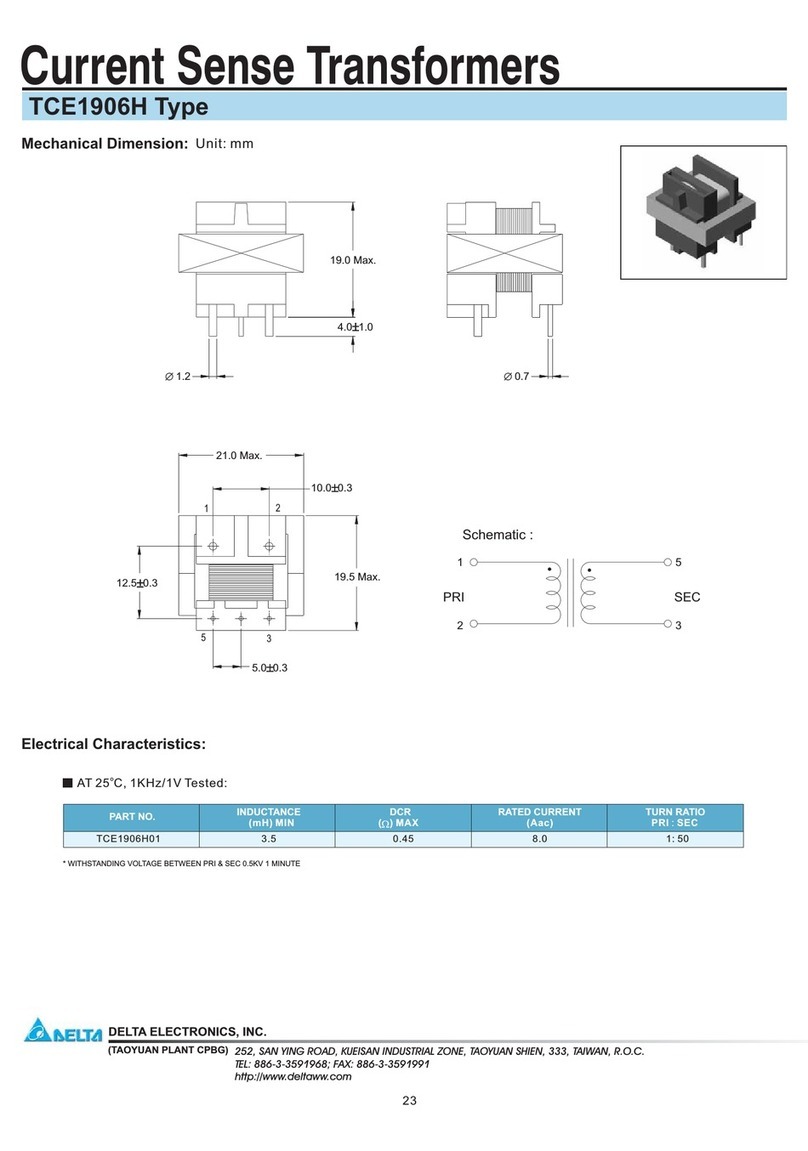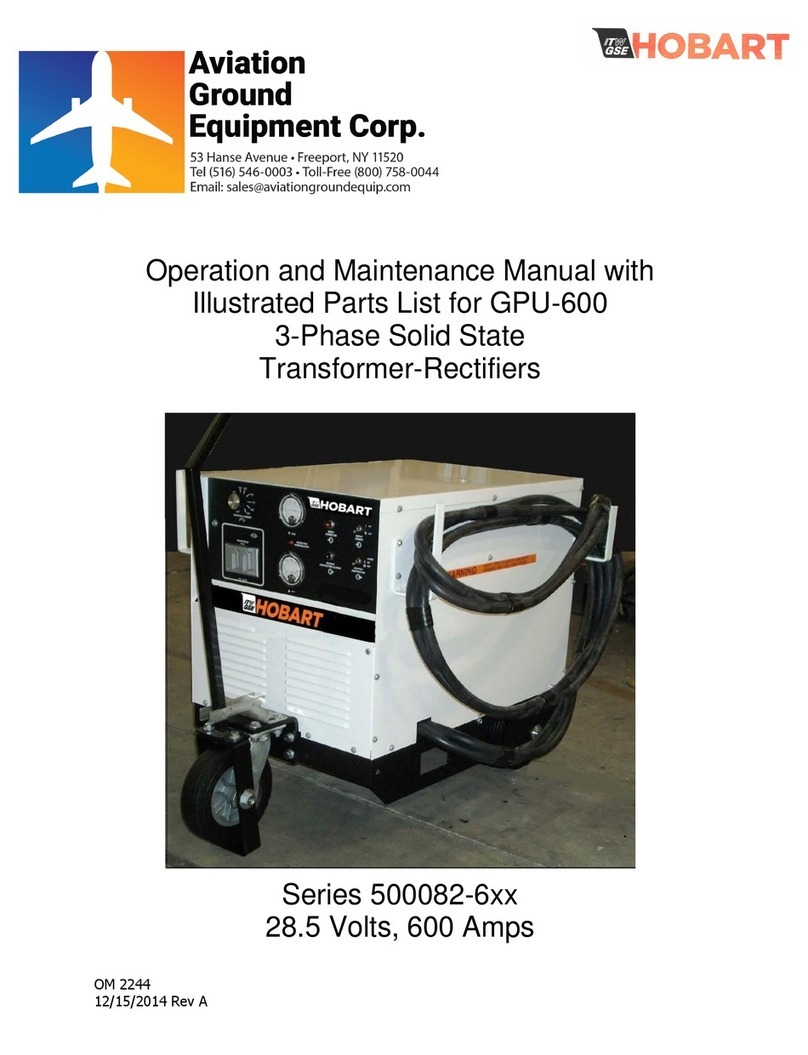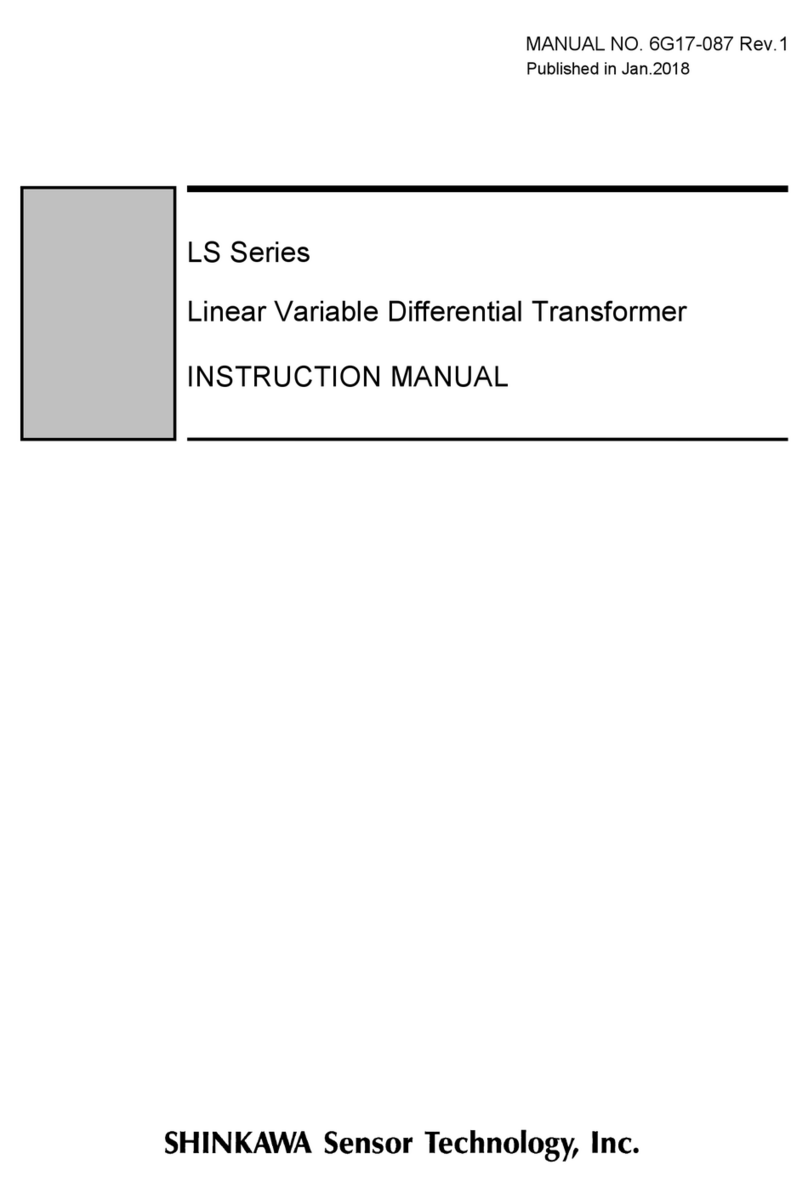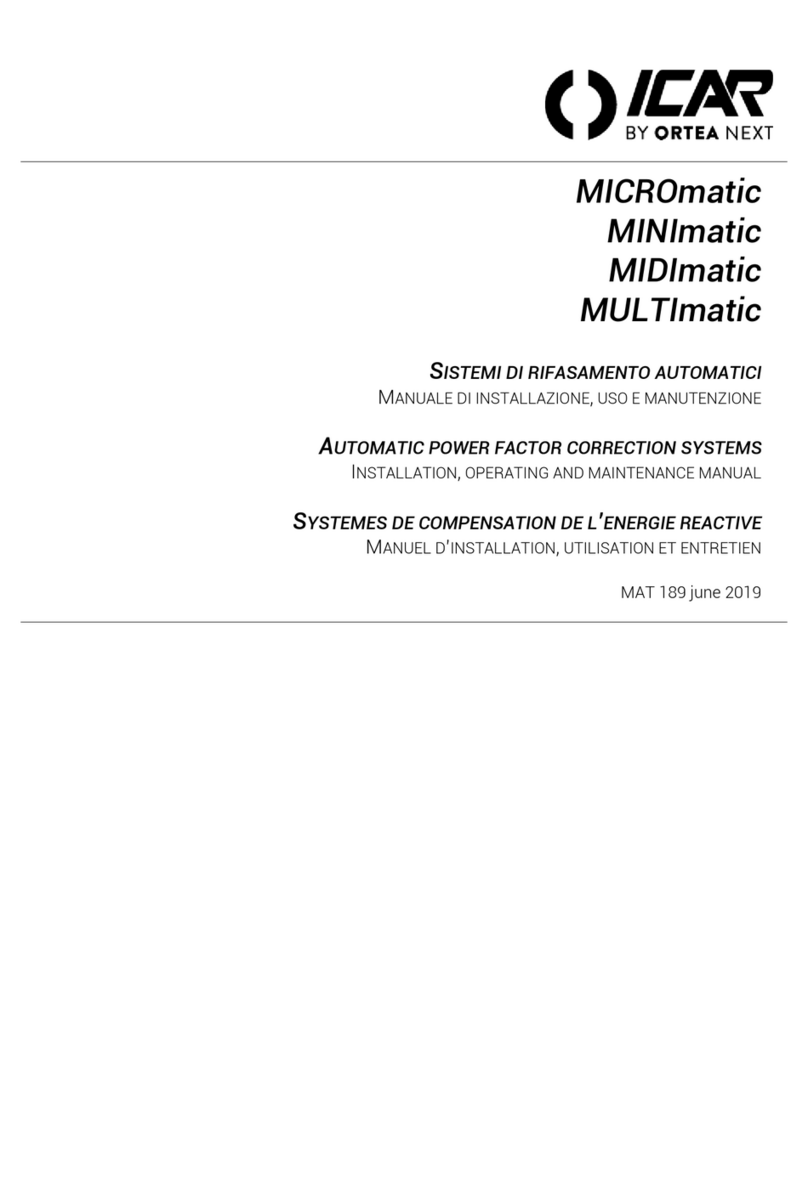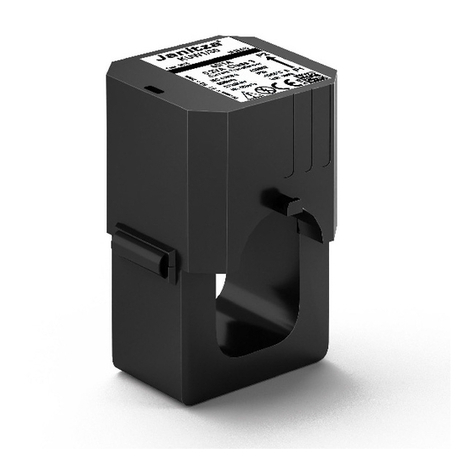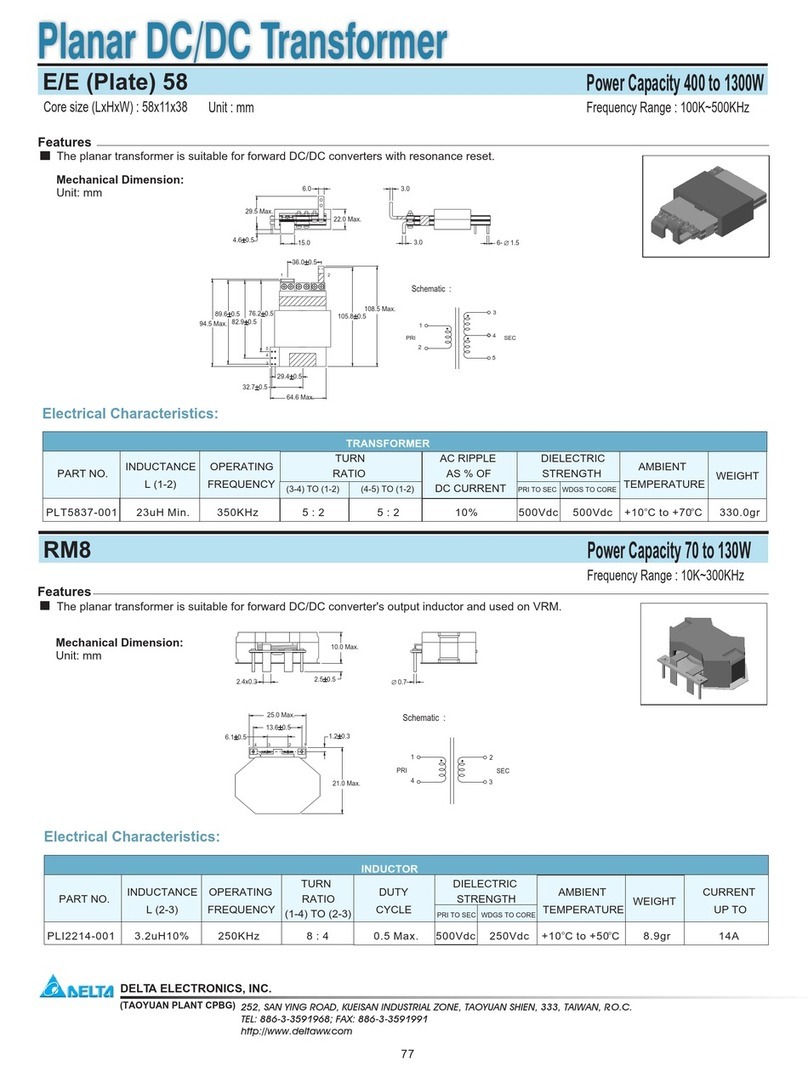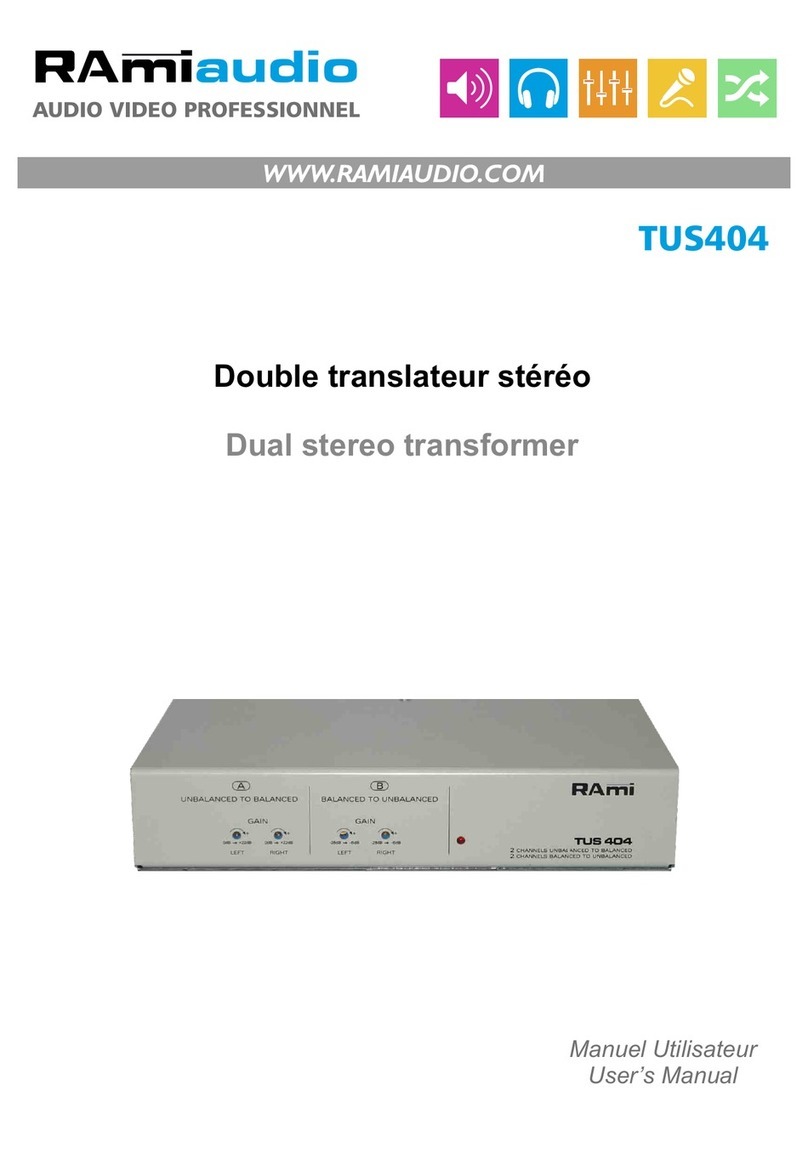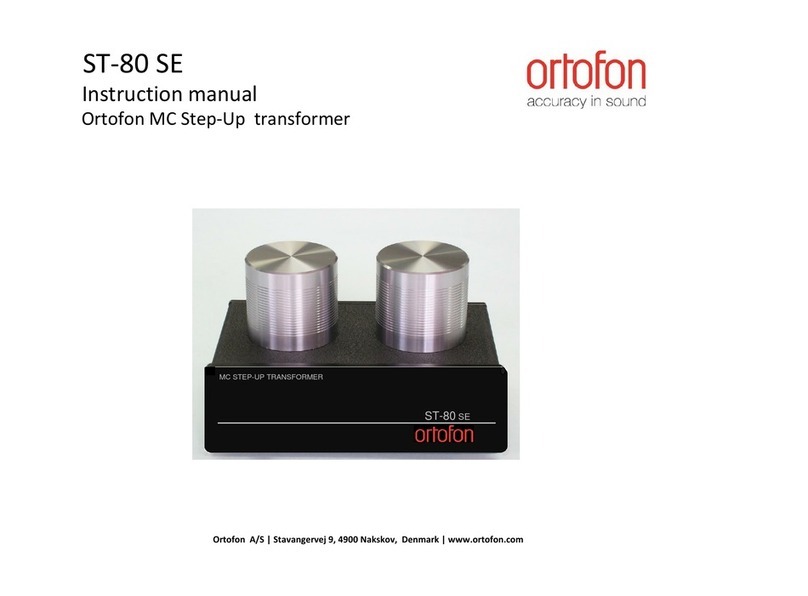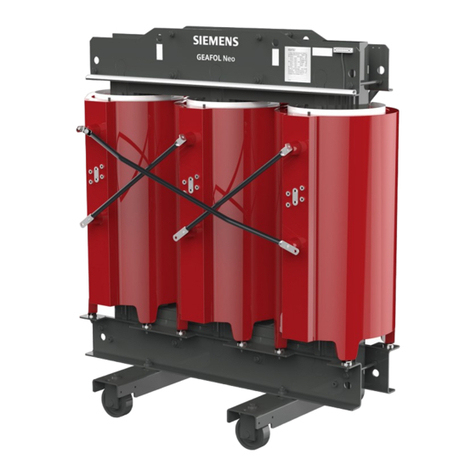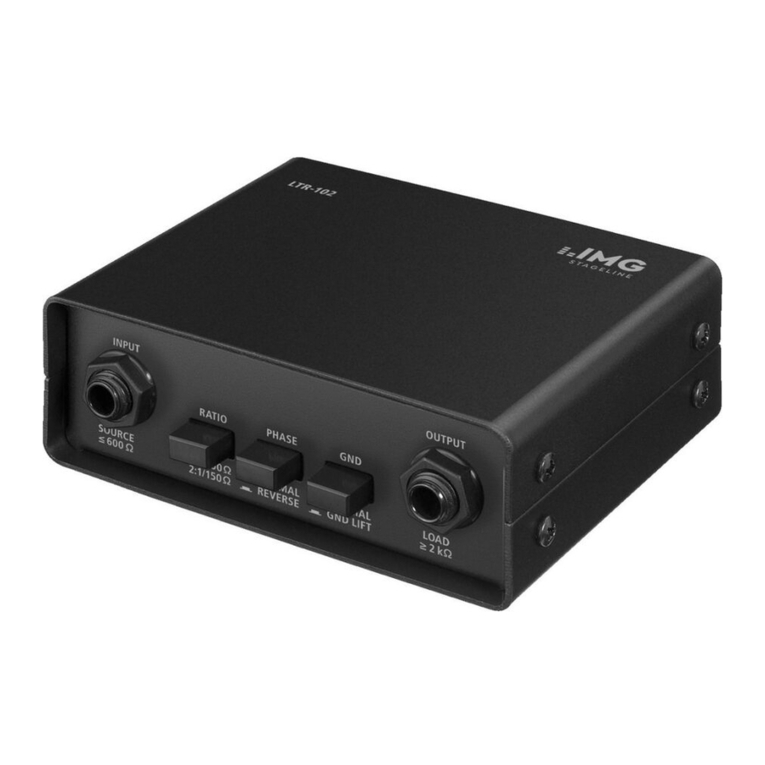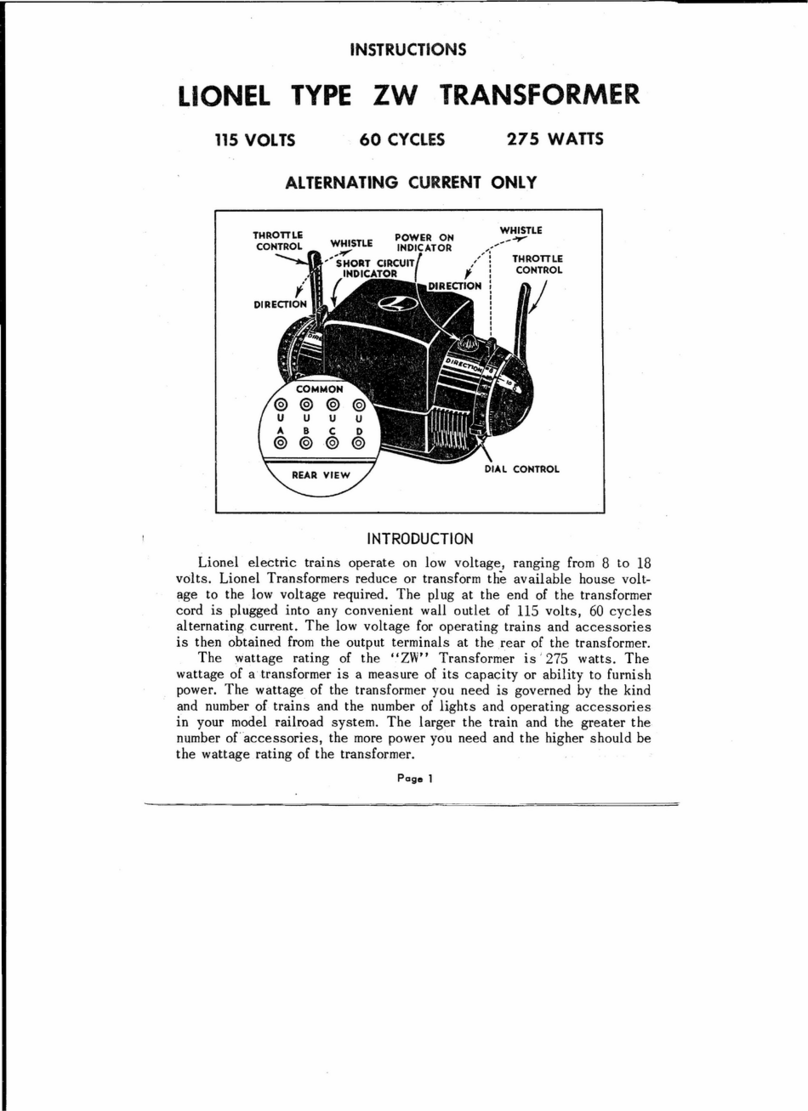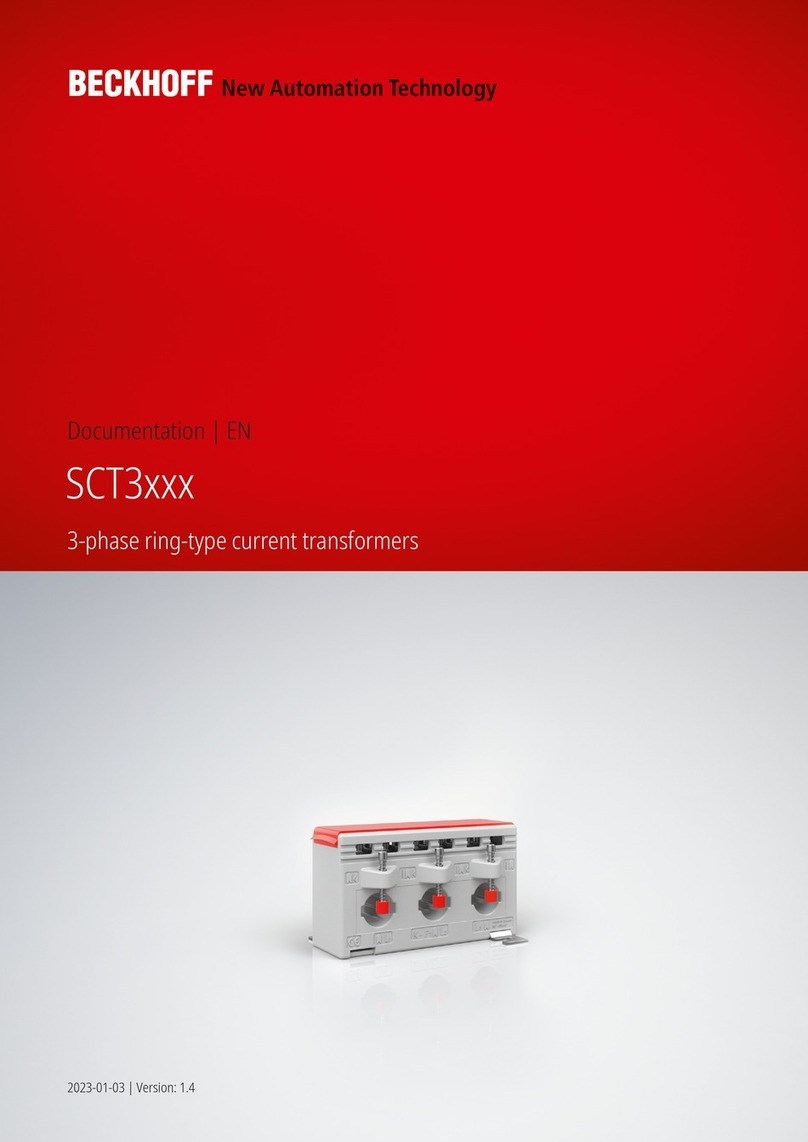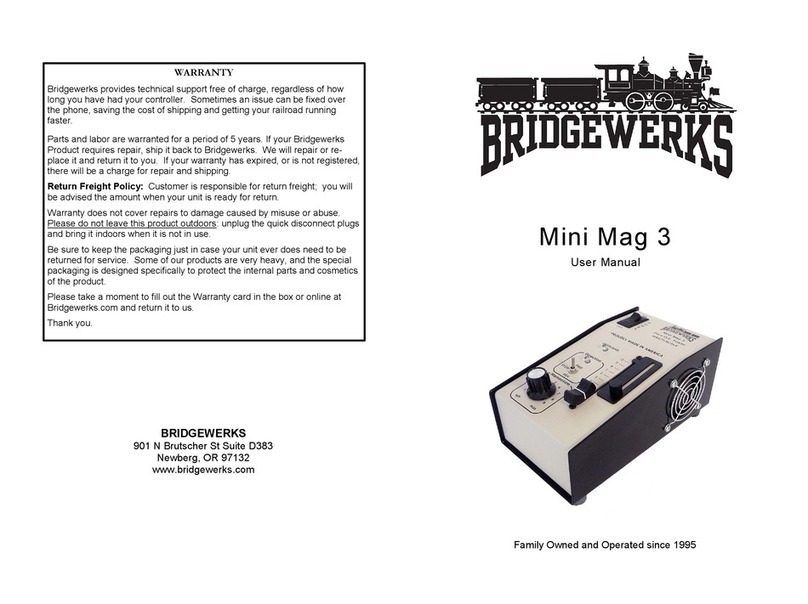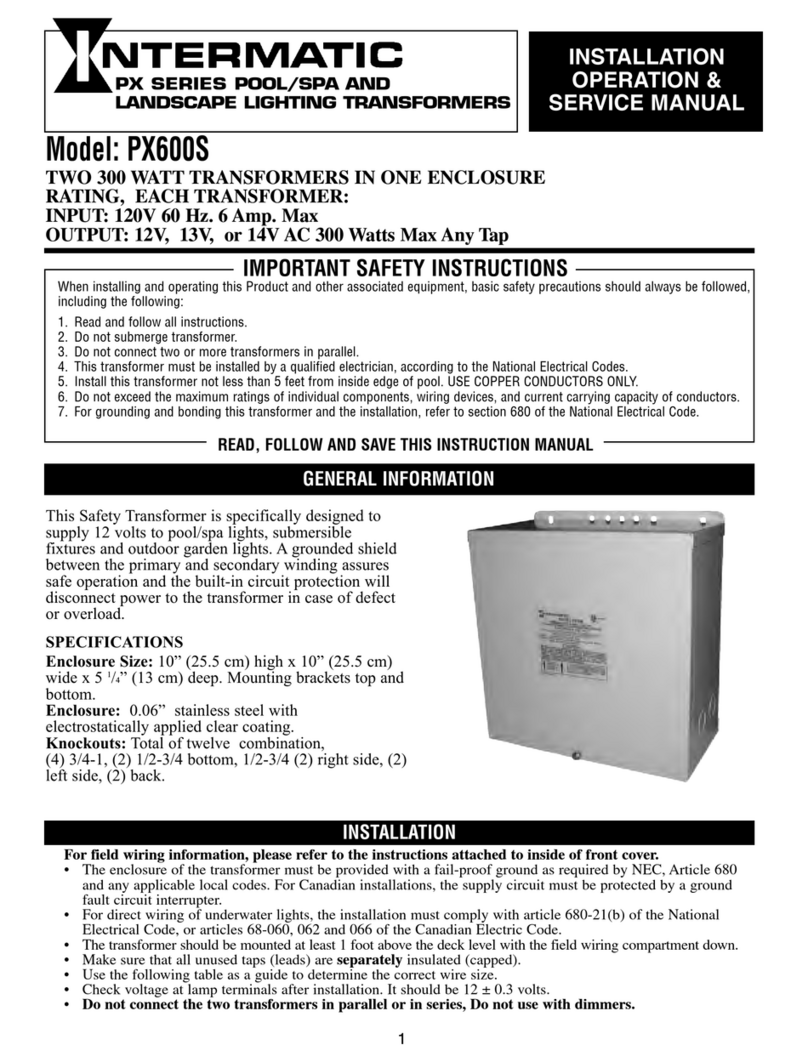
ICAR by ORTEA NEXT MAT203 jun19
2 / 24
DICHIARAZIONE DI CONFORMITA’ UE/ EU CONFORMITY DECLARATION................................................................................................................................... 3
INTRODUZIONE .................................................................................................................................................................................................................... 4
1.1 Proprietà delle informazioni.................................................................................................................................................................................................................... 4
1.2 Riferimenti normativi................................................................................................................................................................................................................................4
1.3 Definizioni...................................................................................................................................................................................................................................................4
1.4 Uso corretto...............................................................................................................................................................................................................................................4
1.5 Uso scorretto.............................................................................................................................................................................................................................................4
NOTE AMBIENTALI............................................................................................................................................................................................................... 5
SICUREZZA PERSONALE...................................................................................................................................................................................................... 5
3.1 Note per l’operatore.................................................................................................................................................................................................................................. 5
3.2 Note per il manutentore...........................................................................................................................................................................................................................5
3.3 Regole di comportamento ...................................................................................................................................................................................................................... 6
3.4 Dispositivi di Protezione Individuale (DPI) ........................................................................................................................................................................................... 6
MOVIMENTAZIONE .............................................................................................................................................................................................................. 7
4.1 Imballaggio ................................................................................................................................................................................................................................................ 7
4.2 Ricevimento...............................................................................................................................................................................................................................................7
4.3 Immagazzinamento................................................................................................................................................................................................................................. 7
4.4 Spostamento ............................................................................................................................................................................................................................................. 7
GENERALITÀ......................................................................................................................................................................................................................... 7
INSTALLAZIONE E MESSA IN SERVIZIO .............................................................................................................................................................................. 7
6.1 Scelta del luogo......................................................................................................................................................................................................................................... 7
6.2 Temperatura ambiente............................................................................................................................................................................................................................ 8
6.3 Condizioni atmosferiche ......................................................................................................................................................................................................................... 8
6.4 Montaggio delle apparecchiature.......................................................................................................................................................................................................... 8
6.5 Collegamento elettrico............................................................................................................................................................................................................................. 8
6.6 Messa in servizio e avviamento............................................................................................................................................................................................................. 9
MANUTENZIONE .................................................................................................................................................................................................................. 9
7.1 Avvertenze di sicurezza........................................................................................................................................................................................................................... 9
7.2 Manutenzione ordinaria........................................................................................................................................................................................................................... 9
7.3 Manutenzione straordinaria .................................................................................................................................................................................................................10
7.4 Sostituzione dei componenti................................................................................................................................................................................................................10
RICERCA GUASTI................................................................................................................................................................................................................ 10
INTRODUCTION.................................................................................................................................................................................................................. 11
1.1 Information property..............................................................................................................................................................................................................................11
1.2 Reference Normative .............................................................................................................................................................................................................................11
1.3 Definitions ................................................................................................................................................................................................................................................11
1.4 Proper use................................................................................................................................................................................................................................................11
1.5 Misuse.......................................................................................................................................................................................................................................................11
ENVIRONMENTAL NOTES .................................................................................................................................................................................................. 12
HEALTH & SAFETY ............................................................................................................................................................................................................. 12
3.1 Notes for the operator ...........................................................................................................................................................................................................................12
3.2 Notes for maintenance..........................................................................................................................................................................................................................12
3.3 Behaviour .................................................................................................................................................................................................................................................13
3.4 Personal Protective Equipment (PPE) ................................................................................................................................................................................................13
HANDLING.......................................................................................................................................................................................................................... 14
4.1 Packaging.................................................................................................................................................................................................................................................14
4.2 Reception .................................................................................................................................................................................................................................................14
4.3 Storage .....................................................................................................................................................................................................................................................14
4.4 Moving the unit .......................................................................................................................................................................................................................................14
GENERAL ............................................................................................................................................................................................................................ 14
INSTALLATION AND COMMISSIONING ............................................................................................................................................................................. 14
6.1 Site choice................................................................................................................................................................................................................................................14
6.2 Ambient temperature.............................................................................................................................................................................................................................15
6.3 Atmospheric conditions ........................................................................................................................................................................................................................15
6.4 Assembly..................................................................................................................................................................................................................................................15
6.5 Electrical connection..............................................................................................................................................................................................................................15
6.6 Commissioning and start-up ...............................................................................................................................................................................................................15
MAINTENANCE................................................................................................................................................................................................................... 16
7.1 Safety recommendations......................................................................................................................................................................................................................16
7.2 Routine maintenance.............................................................................................................................................................................................................................16
7.3 Special maintenance..............................................................................................................................................................................................................................16
7.4 Replacement of components...............................................................................................................................................................................................................16
TROUBLE SHOOTING DURING INSTALLATION ................................................................................................................................................................. 17
CARATTERISTICHE TECNICHE / TECHNICAL CHARACTERISTICS ............................................................................................................................................. 18
TABELLE DATI / DATA TABLES ................................................................................................................................................................................................... 19
DIMENSIONS / SIZES................................................................................................................................................................................................................... 21
SCHEMA ELETTRICO / ELECTRIC DIAGRAM............................................................................................................................................................................... 22
REGISTRO MANUTENZIONE / MAINTENANCE RECORD............................................................................................................................................................. 23
